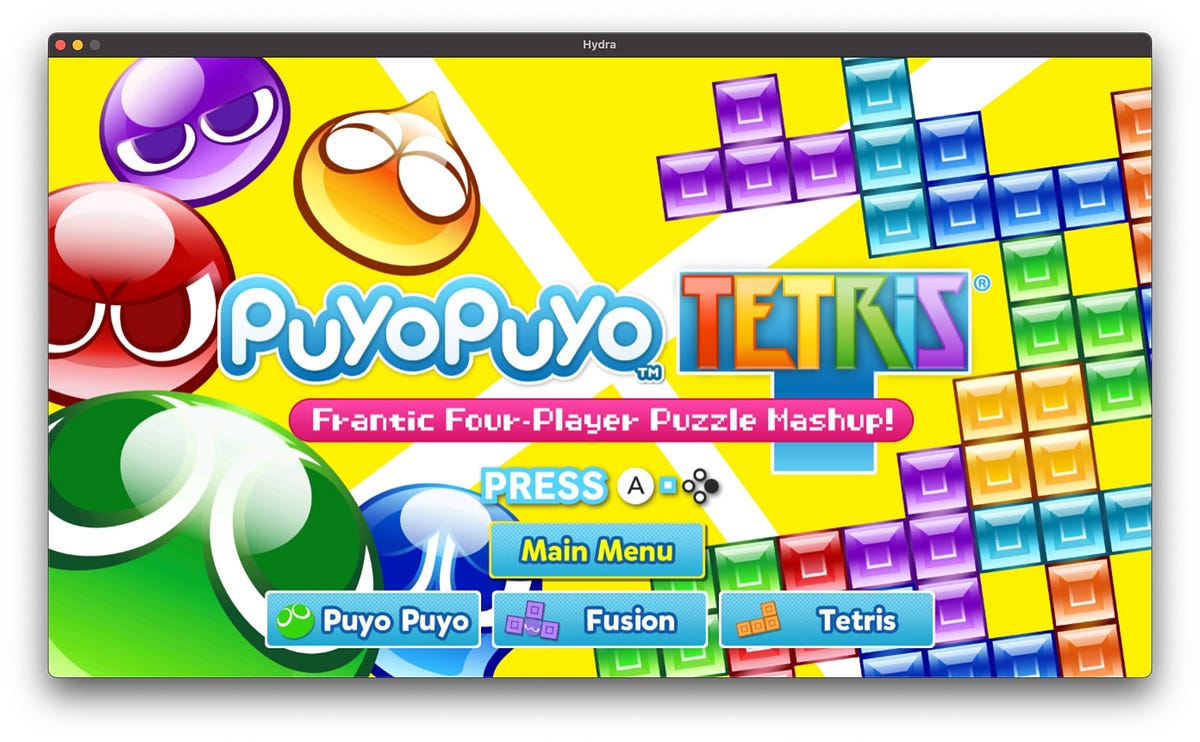Medium
1M
282

Image Credit: Medium
I made a Nintendo Switch emulator from scratch
- The author started developing a Nintendo Switch emulator using Zig but switched to C++ due to preference.
- They utilized Hypervisor framework on their M1 Apple Silicon to run code at near native speeds.
- The emulator employs a HLE approach, recreating the OS to act as a bridge to the host's OS for faster emulation.
- Implementation began with the kernel, handling SVCs from the game, and progressed to essential services like display handling.
- Understanding GPU emulation complexities, the author used Apple's Metal API for graphics rendering.
- Challenges in GPU emulation included managing memory resources and implementing a cache for reusing textures and buffers.
- Tests were conducted with basic GPU applications to understand GPU features and improve emulation gradually.
- The emulator named Hydra made progress, achieving graphics rendering for games like Puyo Puyo Tetris through custom patches.
- Further development involved fixing CPU emulation bugs to enable games like The Binding of Isaac and Cave Story+ to run.
- Ongoing efforts include addressing game-specific issues to enhance compatibility and working on adding audio support.
Read Full Article
17 Likes
For uninterrupted reading, download the app